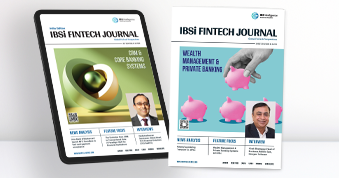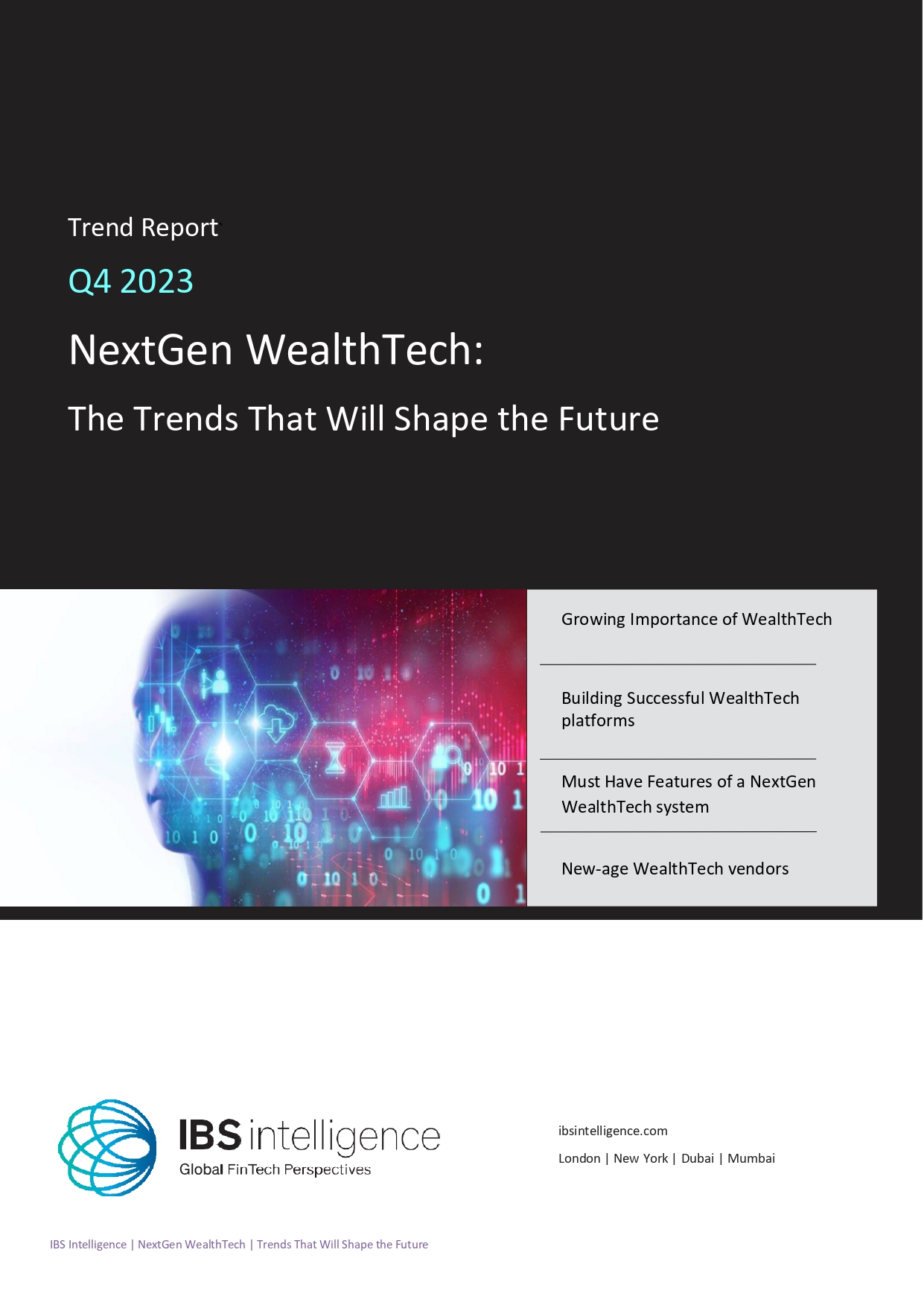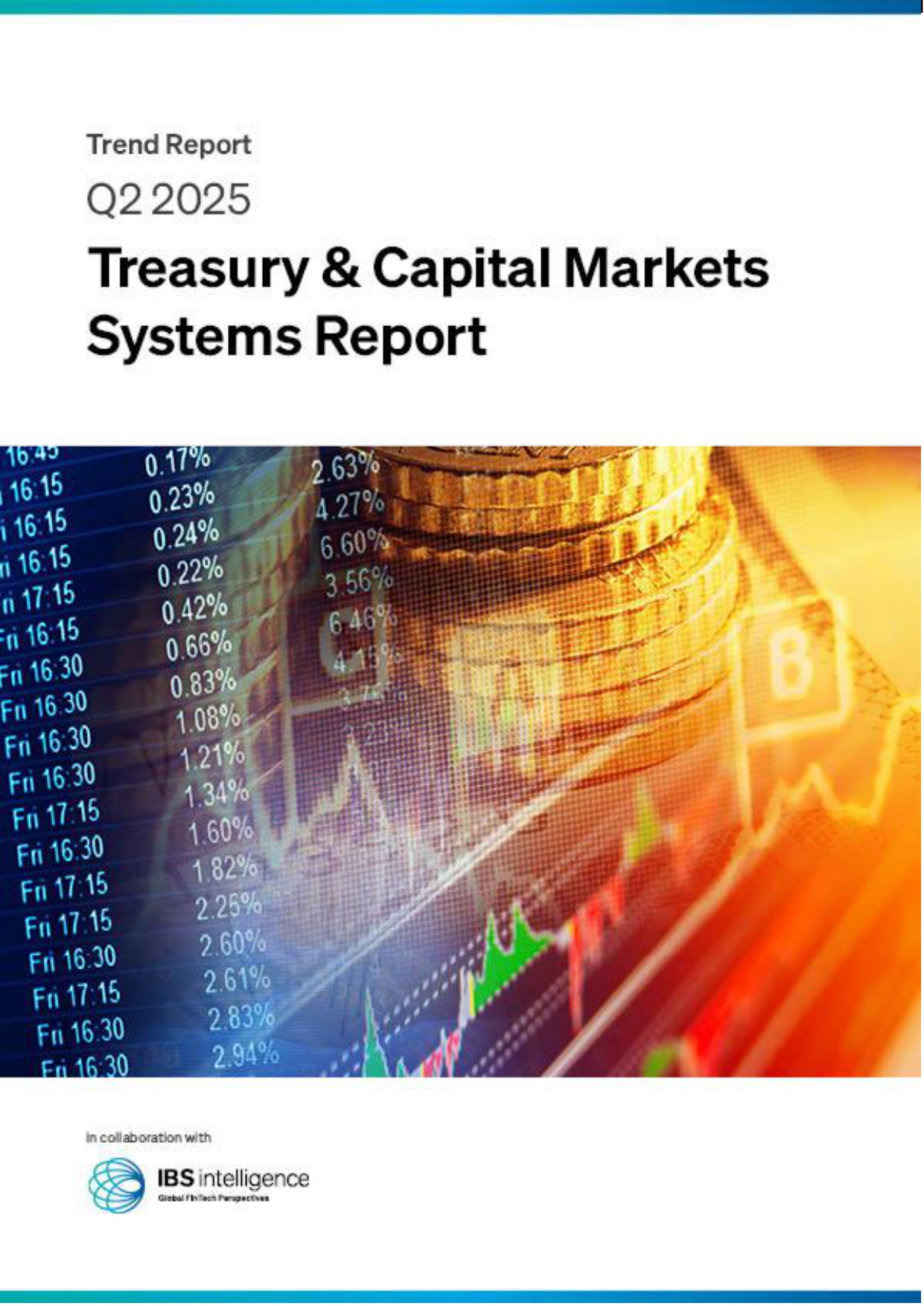 Back
Back
UAE banking pulse: robust growth and profitability signal positive outlook
By Puja Sharma
 Customers reacted to benefit from high rates, with deposits growing by 13.4%, faster than loans & advances (L&A) of 9.0% in FY’23
Customers reacted to benefit from high rates, with deposits growing by 13.4%, faster than loans & advances (L&A) of 9.0% in FY’23
- Profitability of top 10 lenders jumps by 28.8% year-on-year (YoY) for FY’23, on the back of rising interest rate scenario.
- As 2024 unfolds, the sector cautiously anticipates a favourable outlook on the back of stable interest rates, declining bad loans, and a robust GDP; rate cuts expected to begin in the second half of FY’24.
Global professional services firm Alvarez & Marsal (A&M) has released its latest United Arab Emirates (UAE) Banking Pulse for fiscal year 2023, and it makes good reading. The UAE banking sector has had a positive year with most of the UAE banks showing increasing profitability and higher return ratios. The combined net income for banks increased by 54.1% YoY for FY’23 to AED 76.9bn This was primarily due to higher interest income, significant growth in advances, expanded net interest margins, and improved asset quality.
Loans and Advances (L&A) grew by 9.0% year-on-year (YoY), at a slower pace than growth in deposit of 13.4 percent YoY. Non-Interest Income (NII) increased by 27.6% YoY as Net Interest Margins (NIM) expanded by 36bps YoY to 2.8% due to higher benchmark rates. Net income increased 54.2% YoY on the back of higher operating income (+17.2% QoQ), improved Cost-to-Income ratio (-2.8% points YoY) and lower impairment charges (-19.8% YoY). Return on Equity (RoE) and Return on Assets (RoA) improved by 5.7% points YoY to 19.9% and 0.6% points YoY to 2.2%, respectively, in FY’23.
A&M’s UAE Banking Pulse examines data from the 10 largest listed banks in the UAE, comparing the FY’23 results against FY’22 results. Using independently sourced published market data and 16 different metrics, the report assesses banks’ key performance areas, including size, liquidity, income, operating efficiency, risk, profitability, and capital.
The country’s 10 largest listed banks analyzed in A&M’s UAE Banking Pulse are First Abu Dhabi Bank (FAB), Emirates NBD (ENBD), Abu Dhabi Commercial Bank (ADCB), Dubai Islamic Bank (DIB), Mashreq Bank (Mashreq), Abu Dhabi Islamic Bank (ADIB), Commercial Bank of Dubai (CBD), National Bank of Fujairah (NBF), National Bank of Ras Al-Khaimah (RAK) and Sharjah Islamic Bank (SIB).
Mr. Asad Ahmed, A&M Managing Director and Head of Middle East Financial Services said: “Our analysis reveals a healthy showing among banks in 2023, with many institutions experiencing an increase in profitability and stronger return on investment metrics; the year, however, ended on a slower 4th quarter.
Looking ahead, as the Central Bank of the UAE continues to align its benchmark rate with that of the US Federal Reserve, holding steady at 5.4%, we anticipate a shift in the second half of 2024 when rate reversals are expected to commence. This may present some short-term margin enhancement as deposit costs are likely to reduce relatively faster in response to rate cuts compared to the pace at which asset pricing may adjust. In general, the sentiment is optimistic, though cautious given the geopolitical scenario. Given that the UAE banks are mostly well capitalized, profitable, liquid, and well supported by regulators, we look forward to a stable 2024.”
Key trends:
- Aggregate deposits for top 10 banks grew at 13.4 percent YoY whereas aggregate loans & advances (L&A) increased by only 9.0% YoY in FY’23. Consequently, Loan-to-Deposit-Ratio (LDR) slipped 3.1% points YoY to 74.9%.
- Total operating income increased by 28.8 percent YoY as compared to 17.2% YoY in FY’22. The growth in operating income was primarily driven by NII which increased substantially by 27.6% YoY. The non-funded income (+31.4% YoY) further supported the increase in operating income.
- NIM expanded by 36bps YoY to 2.8% due to higher yield on credit (+4.5% points YoY) to 11.5 percent in FY’23. Aggregate net interest income (+27.6% YoY) grew due to an increase in the Central Bank of the UAE (CBUAE) policy rate (+100bps) during the year. The cost of funds increased by 2.2% points YoY to 4.0 percent.
- Operational cost efficiencies improved on an aggregate level for the UAE banks in FY’23. Cost-to-income (C/I) ratio improved (-2.8% points YoY) to 28.7% in FY’23. The operating income grew by 28.8% YoY and the operating expense grew by 17.2% YoY in FY’23.
- The Cost of Risk (CoR) improved by 25bps YoY to 0.7 percent as banks reported a decline of 19.8% YoY in impairment charges in FY’23 to AED 13.7bn.
- Rising interest rates look set to increase the profitability of UAE banks. Aggregate net income increased by 54.1% YoY, as a result the return ratios such as return on equity (ROE) and return on assets (ROA) improved by 5.7% points YoY to 19.9 percent and 0.6% points YoY to 2.2%, respectively, in FY’23.
IBSi FinTech Journal

- Most trusted FinTech journal since 1991
- Digital monthly issue
- 60+ pages of research, analysis, interviews, opinions, and rankings
- Global coverage
Other Related News
Related Reports

Sales League Table Report 2025
Know More
Global Digital Banking Vendor & Landscape Report Q2 2025
Know More
NextGen WealthTech: The Trends To Shape The Future Q4 2023
Know More
Intelligent Document Processing in Financial Services Q2 2025
Know More


